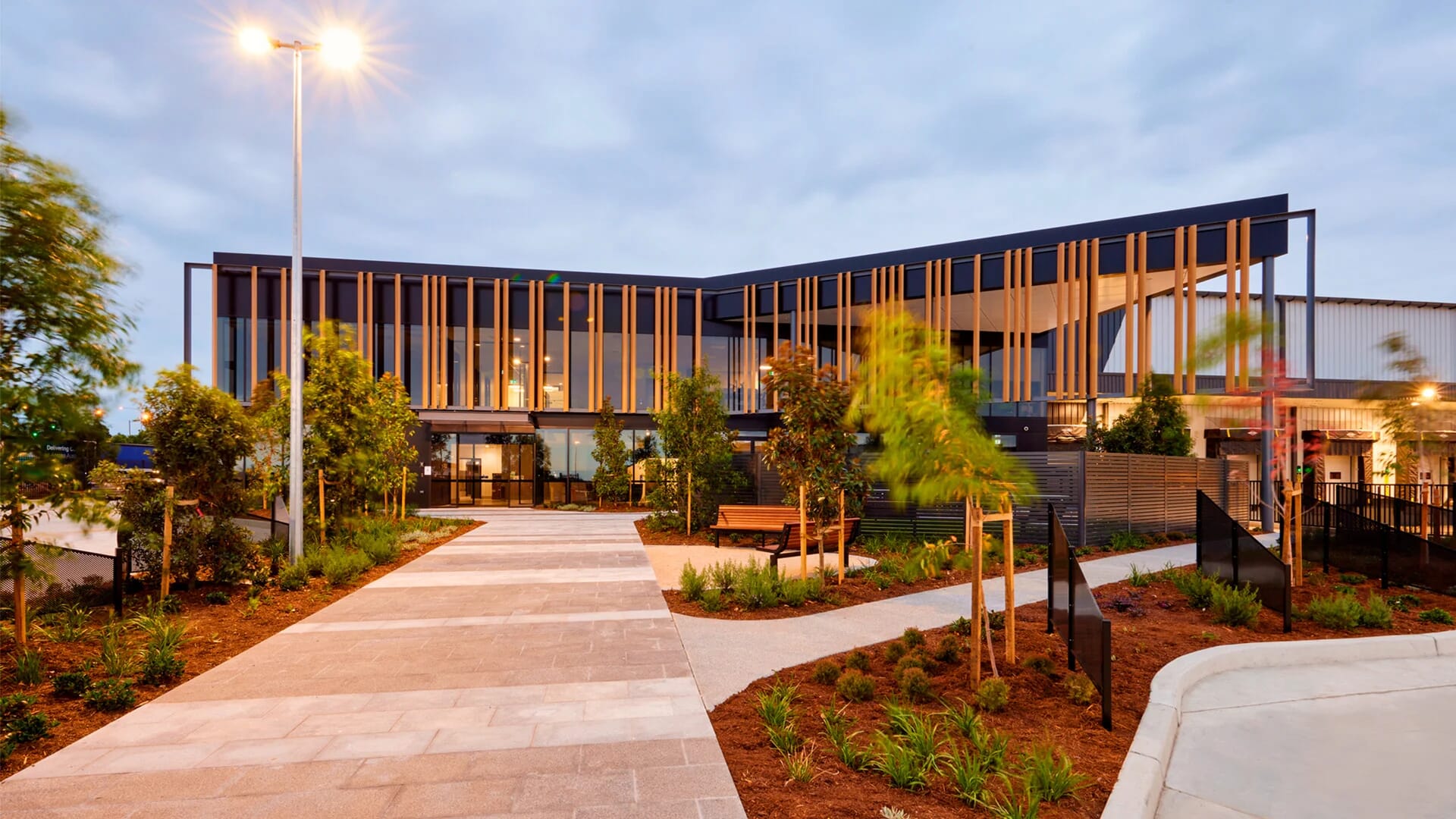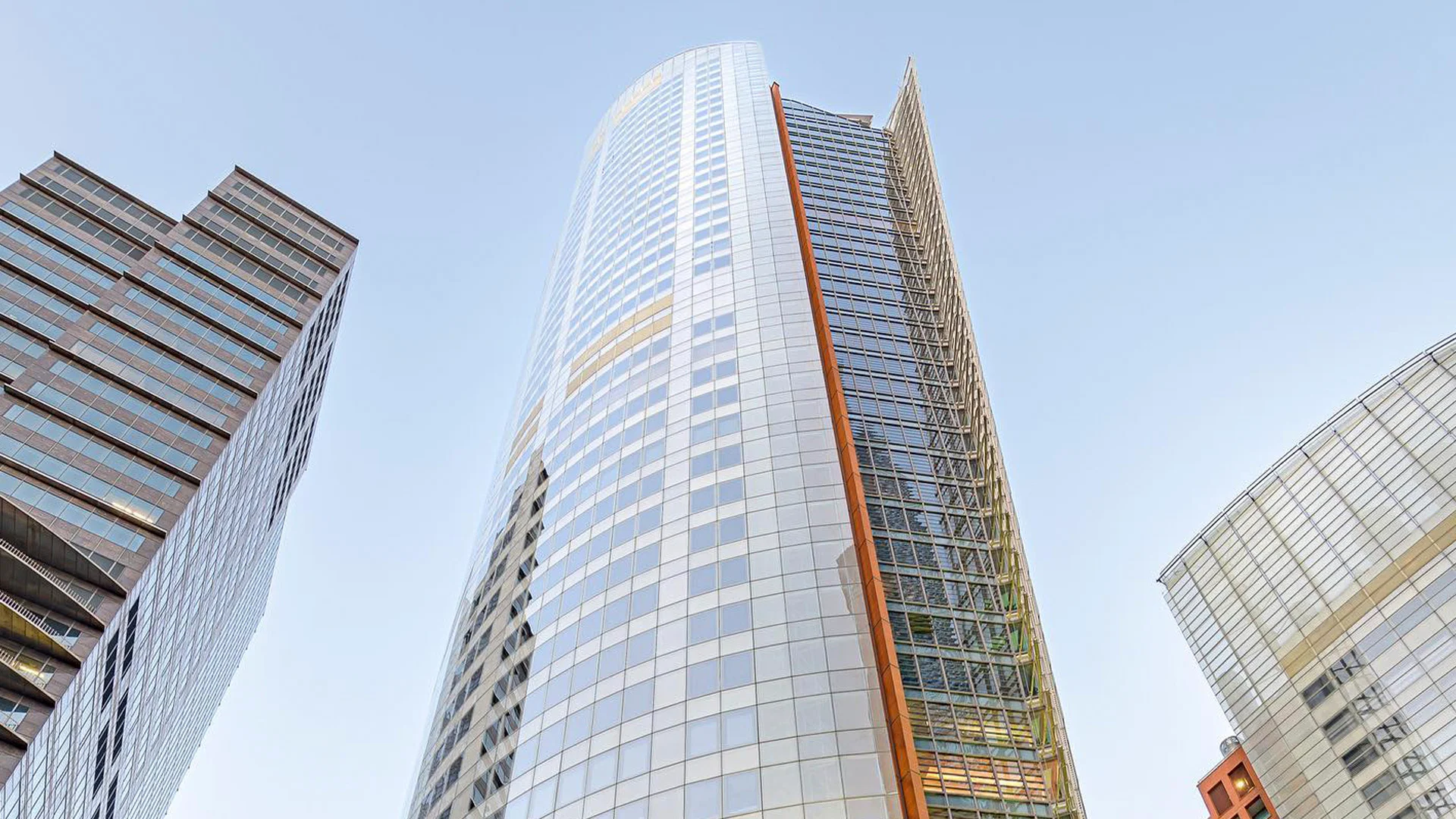 Credit: GRI Club
Credit: GRI Club From Europe to APAC and back
Discussing the future of deal flow between Europe & APAC with ESR Group’s Mark Ebbinghaus
June 11, 2024Real Estate
Written by Rory Hickman
In an exclusive interview with GRI Club ahead of his participation at ‘Europe & APAC Cross Border Capital Flows’, ESR Group’s Chairman for Europe and the Middle East, Mark Ebbinghaus, shared his insights on the current trends, challenges, and future outlook for capital flows between Europe and APAC regions in the real estate market.
How do you perceive the current trends in capital flow between Europe and APAC in the real estate sector?
There is currently a lack of inflow from Europe to Asia in real estate investment, with a combination of the denominator effect impacting allocations to real estate as well as net outflows of capital in some quarters through redemptions and reduced allocations, resulting in capital recycling and a relatively low level of net flows to Asia.
From the other direction we see a significant weight of capital sitting on the sidelines in Asia, looking for opportunistic plays in what can be considered as Europe’s relatively dislocated and somewhat illiquid markets. Those who are looking to deploy capital are generally seeking outsized returns versus the level of risk. There is still price discovery going on and market clearing prices in a market that remains a little stuck.
What are the primary factors driving cross-border real estate investments between these regions and what needs to change to improve the situation for everyone involved?
The primary appeal for European investors entering APAC is the access to higher growth markets, diversification of real estate positions away from overweight European positions, and deployment into new-economy development plays which are harder to allocate in Europe.
Given the higher growth markets in Asia, together with a relative tightness of supply, rental growth on average is higher in APAC countries than in Europe. This, combined with a more stable banking market and - on average - lower rates, provides some superior spreads that are not necessarily available in Europe.
Once legacy positions in Europe are stabilised and net inflows of capital to real estate come through one would expect much more deployment to Asia.
When it comes to APAC investors, the centre of attention is on dislocated mature markets. Although they are currently illiquid, some opportunistic pricing is still available in Europe, so the focus is on buying well, with expectation of some cap rate compression over time.
As price discovery works its way through the system, and as dislocated markets become less stuck, with the buyer/seller gap narrowing, and thus the return to some increased liquidity, the buyers are likely to have higher conviction and deploy more readily without the requirement for super premiums.

What challenges do investors from Europe typically encounter when entering the APAC real estate market, and vice versa?
The biggest challenge for European investors when entering the APAC region is gaining sufficient market knowledge and connecting with quality operators who have extensive on the ground presence and experience.
Beyond this, challenges can include the liquidity in some markets - particularly on managing an exit, as well as low cap rates in a relative sense, leading to a reliance on rental growth as a key underwriting metric. Getting exposure to modern assets without taking excessive development risk can also prove demanding, while foreign exchange and currency volatility issues remain a common concern.
Many of the same hurdles are faced by Asian investors coming to Europe, with the same need for local expertise and developing an understanding of the markets. As in Asia, the level of liquidity in some locations can prove problematic, especially when managing an exit.
Investors must also maintain their awareness of illusionary higher headline cap rates, lower rental growth rates, and higher relative banking finance rates - particularly in the current environment.
What is your outlook on the future of capital flows between Europe and APAC for the next year and beyond?
European capital flow to APAC is still set to remain somewhat stuck during much of 2024, but improvements can be expected through 2025 as increased access to higher growth markets and the benefits of diversification are increasingly pursued. There is also likely to be a greater focus on the development product in both mature and developing APAC countries.
Meanwhile, as price discovery starts to come through over 2024 and into 2025, we can expect to see a big step up in flows and deployment from APAC into Europe as sellers get closer to buyer pricing expectations.
We can also expect to see more focus on stabilised and Core+ assets coming out of a dislocated environment, with mainstream development being more likely a story for late 2025 as land prices still need significant adjustment.
Are there any emerging real estate sectors or asset classes in APAC that are attracting significant interest from European investors?
There are several emerging real estate sectors in the APAC region that are attracting significant interest from European investors, most of which fall under the heading of "new economy," including logistics, data centres, cold storage, and residential properties.
European investors are particularly drawn to opportunities where there is an arbitrage advantage, as well as in countries with high net migration rates, such as Australia.
How do you foresee technology and ESG/sustainability trends impacting real estate investments in each of these regions?
In both Europe and Asia, technology is driving greater efficiency and reducing operating costs. Although ESG trends are presently contributing to inflation due to the costs associated with implementing sustainable practices, the growing demand from tenants for greener products and sustainable practices is likely to increase momentum towards asset recycling and the development of environmentally friendly properties.
*****
Join Mark and other leading industry decision makers at GRI Club’s ‘Europe & APAC Cross Border Capital Flows’ event, taking place in London on June 26th, for a series of private investor-driven conversations to aid price discovery and connect global sources of capital.
In an exclusive interview with GRI Club ahead of his participation at ‘Europe & APAC Cross Border Capital Flows’, ESR Group’s Chairman for Europe and the Middle East, Mark Ebbinghaus, shared his insights on the current trends, challenges, and future outlook for capital flows between Europe and APAC regions in the real estate market.
How do you perceive the current trends in capital flow between Europe and APAC in the real estate sector?
There is currently a lack of inflow from Europe to Asia in real estate investment, with a combination of the denominator effect impacting allocations to real estate as well as net outflows of capital in some quarters through redemptions and reduced allocations, resulting in capital recycling and a relatively low level of net flows to Asia.
From the other direction we see a significant weight of capital sitting on the sidelines in Asia, looking for opportunistic plays in what can be considered as Europe’s relatively dislocated and somewhat illiquid markets. Those who are looking to deploy capital are generally seeking outsized returns versus the level of risk. There is still price discovery going on and market clearing prices in a market that remains a little stuck.
What are the primary factors driving cross-border real estate investments between these regions and what needs to change to improve the situation for everyone involved?
The primary appeal for European investors entering APAC is the access to higher growth markets, diversification of real estate positions away from overweight European positions, and deployment into new-economy development plays which are harder to allocate in Europe.
Given the higher growth markets in Asia, together with a relative tightness of supply, rental growth on average is higher in APAC countries than in Europe. This, combined with a more stable banking market and - on average - lower rates, provides some superior spreads that are not necessarily available in Europe.
Once legacy positions in Europe are stabilised and net inflows of capital to real estate come through one would expect much more deployment to Asia.
When it comes to APAC investors, the centre of attention is on dislocated mature markets. Although they are currently illiquid, some opportunistic pricing is still available in Europe, so the focus is on buying well, with expectation of some cap rate compression over time.
As price discovery works its way through the system, and as dislocated markets become less stuck, with the buyer/seller gap narrowing, and thus the return to some increased liquidity, the buyers are likely to have higher conviction and deploy more readily without the requirement for super premiums.

(Credit: Alamy)
What challenges do investors from Europe typically encounter when entering the APAC real estate market, and vice versa?
The biggest challenge for European investors when entering the APAC region is gaining sufficient market knowledge and connecting with quality operators who have extensive on the ground presence and experience.
Beyond this, challenges can include the liquidity in some markets - particularly on managing an exit, as well as low cap rates in a relative sense, leading to a reliance on rental growth as a key underwriting metric. Getting exposure to modern assets without taking excessive development risk can also prove demanding, while foreign exchange and currency volatility issues remain a common concern.
Many of the same hurdles are faced by Asian investors coming to Europe, with the same need for local expertise and developing an understanding of the markets. As in Asia, the level of liquidity in some locations can prove problematic, especially when managing an exit.
Investors must also maintain their awareness of illusionary higher headline cap rates, lower rental growth rates, and higher relative banking finance rates - particularly in the current environment.
What is your outlook on the future of capital flows between Europe and APAC for the next year and beyond?
European capital flow to APAC is still set to remain somewhat stuck during much of 2024, but improvements can be expected through 2025 as increased access to higher growth markets and the benefits of diversification are increasingly pursued. There is also likely to be a greater focus on the development product in both mature and developing APAC countries.
Meanwhile, as price discovery starts to come through over 2024 and into 2025, we can expect to see a big step up in flows and deployment from APAC into Europe as sellers get closer to buyer pricing expectations.
We can also expect to see more focus on stabilised and Core+ assets coming out of a dislocated environment, with mainstream development being more likely a story for late 2025 as land prices still need significant adjustment.
Are there any emerging real estate sectors or asset classes in APAC that are attracting significant interest from European investors?
There are several emerging real estate sectors in the APAC region that are attracting significant interest from European investors, most of which fall under the heading of "new economy," including logistics, data centres, cold storage, and residential properties.
European investors are particularly drawn to opportunities where there is an arbitrage advantage, as well as in countries with high net migration rates, such as Australia.
How do you foresee technology and ESG/sustainability trends impacting real estate investments in each of these regions?
In both Europe and Asia, technology is driving greater efficiency and reducing operating costs. Although ESG trends are presently contributing to inflation due to the costs associated with implementing sustainable practices, the growing demand from tenants for greener products and sustainable practices is likely to increase momentum towards asset recycling and the development of environmentally friendly properties.
*****
Join Mark and other leading industry decision makers at GRI Club’s ‘Europe & APAC Cross Border Capital Flows’ event, taking place in London on June 26th, for a series of private investor-driven conversations to aid price discovery and connect global sources of capital.